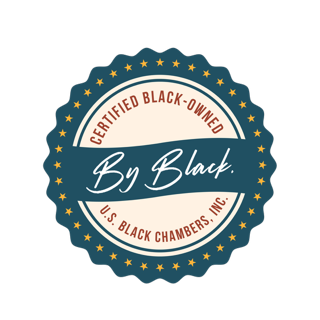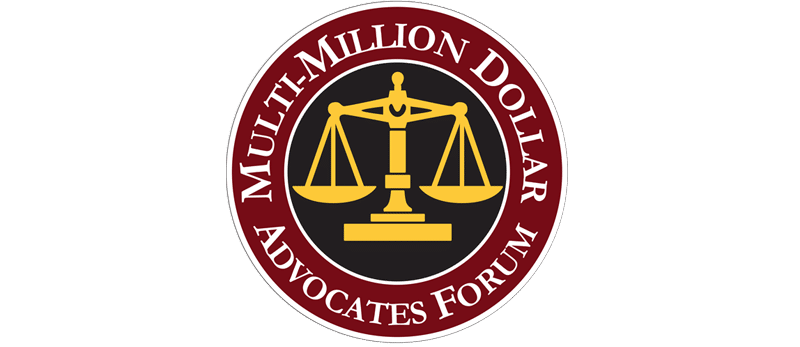Pedestrian accidents can be life-altering events, leaving victims with severe injuries, emotional trauma, and mounting financial burdens. In North Carolina, these accidents are unfortunately all too common, often leading to complex legal battles for victims seeking fair compensation. Understanding the various factors that influence pedestrian accident settlements in North Carolina is essential for those affected, as these elements can significantly impact the outcome of a case.




Pedestrian accident settlements are influenced by several key aspects. These factors often determine how much compensation an injured pedestrian might receive and how quickly they might be able to resolve their claim. To navigate this process, it’s crucial to be aware of the specific laws in North Carolina, the details surrounding the accident, and the role of insurance companies. This page delves into the most significant factors that can shape the outcome of a pedestrian accident settlement in North Carolina. Phillips & McCrea, PLLC provides dedicated legal guidance to individuals involved in pedestrian accident cases, ensuring their rights are protected and pursuing the compensation they deserve.
The Severity of the Injuries
One of the primary factors influencing a pedestrian accident settlement is the severity of the injuries sustained by the victim. Pedestrian accidents often result in catastrophic injuries because the human body is no match for the force of a vehicle. Common injuries in pedestrian accidents include broken bones, head injuries, spinal cord injuries, and internal injuries. These injuries can require long-term medical care, rehabilitation, and, in some cases, permanent disability.
The severity of an injury plays a direct role in determining how much a victim might be compensated. Injuries that require extensive medical treatment or result in a permanent disability will typically result in a higher settlement than less severe injuries. Medical expenses, both current and future, will be considered when calculating the value of a settlement. This includes hospital bills, doctor visits, surgeries, physical therapy, and any necessary ongoing care. In North Carolina, courts and insurance companies are likely to consider the total impact the injury has had on the victim’s life when assessing the settlement.
Liability and Negligence
Determining liability is a critical part of any pedestrian accident case. North Carolina follows the legal doctrine of contributory negligence. This means that if a pedestrian is found to be even slightly at fault for the accident, they may not be able to recover any compensation at all. This can make pedestrian accident cases particularly challenging in North Carolina, as the insurance companies and the defense will likely try to prove that the pedestrian was partially at fault.
For example, if a pedestrian was jaywalking or crossing the street outside of a designated crosswalk at the time of the accident, the defense might argue that the pedestrian contributed to their injuries. If the court agrees, it could bar the pedestrian from receiving any compensation. However, if it can be proven that the driver was entirely at fault—for example, if the driver was speeding, distracted, or failed to yield to the pedestrian in a crosswalk—the pedestrian is much more likely to receive compensation. Having a strong legal team to establish clear liability is crucial to ensuring a favorable outcome in pedestrian accident settlements in North Carolina.
The Role of Insurance Companies
Insurance companies play a significant role in determining pedestrian accident settlements. In most cases, the settlement comes from the at-fault driver’s insurance company. However, insurance companies are not always willing to offer a fair settlement initially. Their primary goal is often to protect their bottom line, which can result in lowball offers or attempts to shift blame to the pedestrian.
In North Carolina, the at-fault driver’s insurance company will likely investigate the accident thoroughly. They may try to find evidence that the pedestrian was partially at fault, as this could allow them to avoid paying a settlement altogether due to the state’s contributory negligence rule. Insurance adjusters may also downplay the severity of the injuries or argue that certain medical treatments were unnecessary in an attempt to lower the settlement amount.
This is why it is essential for victims of pedestrian accidents to have experienced legal representation. A lawyer can negotiate with the insurance company on behalf of the injured pedestrian, ensuring that the settlement offer reflects the true extent of their injuries and losses. In cases where the insurance company refuses to offer a fair settlement, the case may need to go to trial.
Economic and Non-Economic Damages
When calculating a settlement, it is important to consider both economic and non-economic damages. Economic damages refer to the tangible financial losses that result from the accident, such as medical bills, lost wages, and property damage. In pedestrian accident cases, medical expenses are often the largest component of economic damages, as severe injuries can lead to substantial healthcare costs.
Non-economic damages, on the other hand, refer to the intangible losses that do not have a specific monetary value. These may include pain and suffering, emotional distress, loss of enjoyment of life, and mental anguish. Non-economic damages can be harder to calculate, but they are often a significant part of a pedestrian accident settlement. The impact that the injuries have on the victim’s quality of life will be considered when determining non-economic damages. For example, if the victim is no longer able to participate in activities they once enjoyed due to their injuries, they may be entitled to compensation for loss of enjoyment of life.
Choosing a Personal Injury Attorney Personal Injury Case Case TimelineRelated Videos
Time Frame and Legal Process
Another factor that can influence the settlement of a pedestrian accident in North Carolina is the time frame involved in resolving the case. Pedestrian accidents can take time to investigate, and insurance companies may not be quick to offer a fair settlement. Additionally, if the case goes to court, the legal process can further extend the time it takes to receive compensation.
In North Carolina, there is a statute of limitations for personal injury claims, including pedestrian accidents. Victims typically have three years from the date of the accident to file a claim. However, it is important to start the process as soon as possible. Delays can result in lost evidence, witnesses becoming unavailable, or the insurance company arguing that the victim’s injuries were not as serious as initially claimed.
An experienced legal team will work to expedite the process while also ensuring that all necessary evidence is gathered. They can help guide the victim through the complexities of the legal system and ensure that the case is filed within the statute of limitations.
The Impact of Comparative Fault in Pedestrian Accidents
North Carolina’s contributory negligence rule can have a significant impact on pedestrian accident settlements. If a pedestrian is found to be even one percent at fault for the accident, they may be barred from recovering any compensation. This can be a harsh rule, especially in cases where the pedestrian’s fault is minimal.
However, there are ways to combat contributory negligence claims. A strong legal team can present evidence that the driver was entirely at fault. This might include witness testimony, traffic camera footage, or accident reconstruction reports. It is also important to show that the pedestrian was acting responsibly at the time of the accident—for example, using a designated crosswalk or obeying traffic signals.
In some cases, the defense may argue that the pedestrian was distracted at the time of the accident, such as by using a cellphone. This is why it is essential to work with a legal team that can thoroughly investigate the circumstances of the accident and build a strong case to counter any claims of contributory negligence.
Legal Representation and the Importance of Negotiation
Navigating the legal landscape of pedestrian accident claims in North Carolina can be challenging, especially when dealing with the contributory negligence rule and insurance companies. Having strong legal representation is one of the most important factors in achieving a favorable settlement. A lawyer can handle negotiations with the insurance company, gather necessary evidence, and present a compelling case for compensation.
In many cases, pedestrian accident claims are settled outside of court through negotiations between the victim’s legal team and the insurance company. However, if a fair settlement cannot be reached, the case may proceed to trial. A lawyer can advocate for the victim’s rights in court, ensuring that they receive the compensation they deserve. Without legal representation, victims may find it difficult to navigate the complexities of the legal system and could end up with a settlement that does not fully reflect the extent of their injuries and losses.
If you or a loved one has been involved in a pedestrian accident in North Carolina, it is essential to seek legal guidance as soon as possible. The team at Phillips & McCrea, PLLC has extensive experience in handling pedestrian accident cases and can help ensure that you receive the compensation you are entitled to. Call Phillips & McCrea, PLLC today for a consultation.




